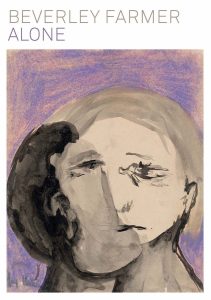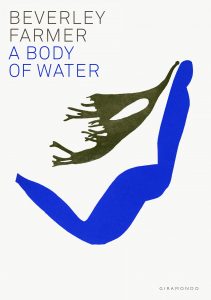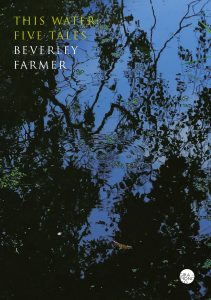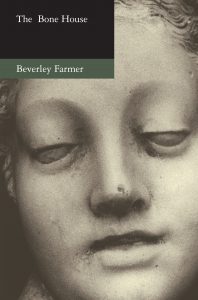
Beverley Farmer
Beverley Farmer (1941–2018) was the author of four collections of short stories, including Milk, which won the NSW Premier’s Award for Fiction, and the writer’s notebook, A Body of Water. She was also the writer of the novels Alone, The Seal Woman and The House in the Light, this last title being shortlisted for the Miles Franklin Award. The Bone House, a collection of essays on the life of the body and the life of the mind, was published by Giramondo in 2005. This Water: Five Tales was longlisted for the 2018 Stella Prize. It was her last work of fiction.




